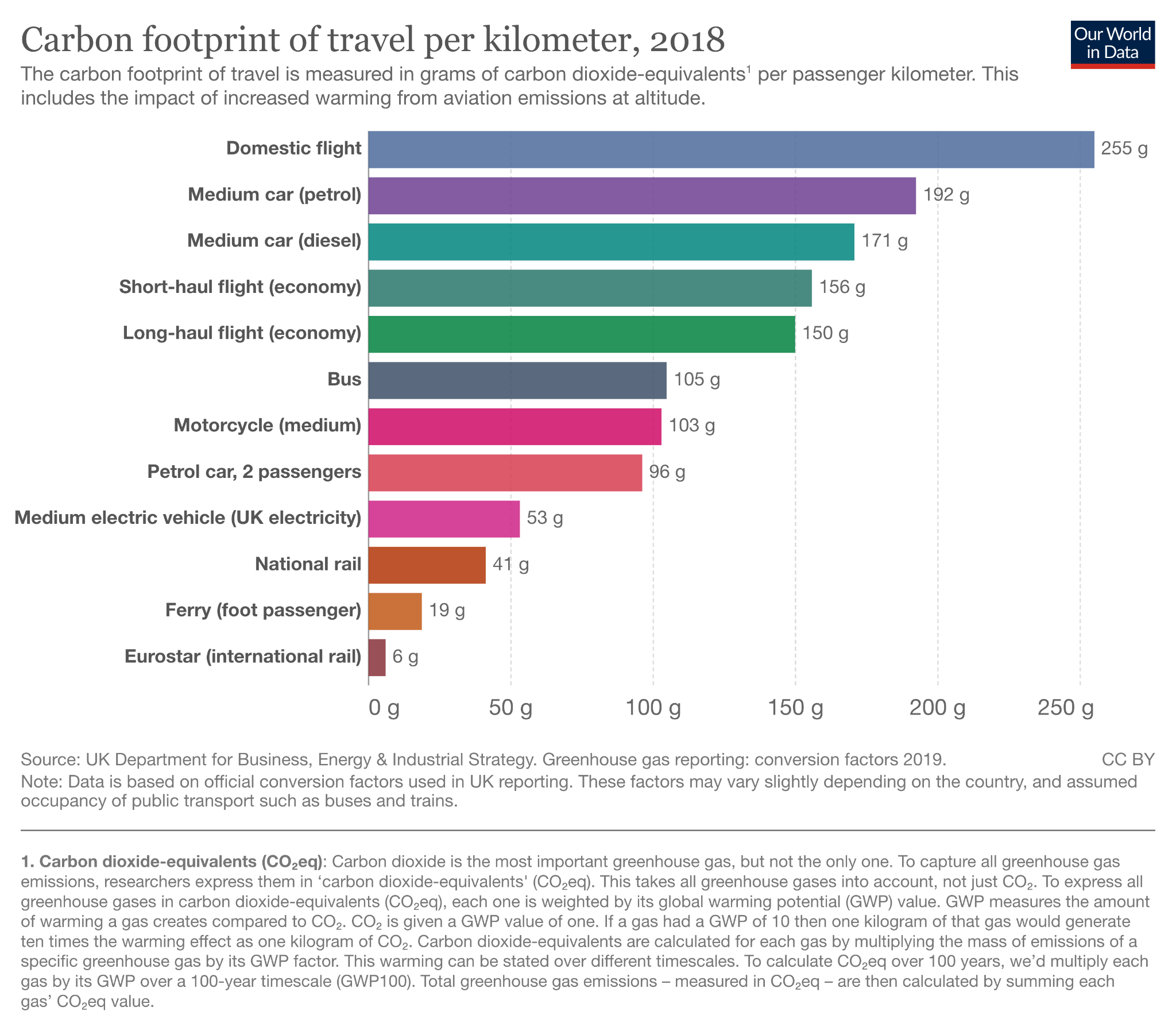The Future of Electric Aviation
Once a science fiction cliché, flying cars may crowd our skies in the near future. While electric cars gain wider acceptance on land, electric aviation startups are jockeying to fill the atmosphere with short-haul commuter vehicles and rewriting the rules of the sky in the process.
Industry experts say electric airliners are still decades away, but the aviation industry—which accounts for more than 2 per cent of global GHG emissions—is attempting to rapidly decarbonize to meet stringent self-imposed targets.
Electric vertical takeoff and landing (eVTOL) aircraft are one possible solution. Originally conceptualized by NASA engineer Mark Moore in 2009, an eVTOL aircraft has space for just a few occupants and, as the name implies, uses electric propulsion to take off and land vertically, eliminating the need for a large runway.
The eVTOL technology quickly caught the eye of industry heavyweights like Boeing, Airbus, Toyota, Uber, Honda, and Hyundai. Some have developed their own high-profile concept vehicles, while others are investing in promising eVTOL startups.

One of those is Joby Aviation, a California startup that acquired Uber’s flying taxi division in 2020. With room for one pilot and four passengers, Joby’s latest eVTOL vehicle boasts zero operating emissions, a maximum range of 241 kilometres, and a top speed of 330 kilometres per hour.
Joby, like many of its competitors, envisions eVTOLs replacing cars for short trips, taking ridesharing to the skies, and supplementing commuter flights. If implemented correctly, electric aircraft have the potential to reduce emissions and mitigate car traffic in busy cities. The International Council on Clean Transportation reports that electric aircraft could produce 88 per cent fewer emissions than an equivalent fossil-fuel-powered flight, even when accounting for the carbon intensity of battery production, which produces roughly 80 per cent of GHG emissions from the operation of electric aircraft.
But critics point to a number of glaring problems with electric aviation. There are no established “rules of the road” for low-elevation aviation. Federal agencies like the U.S. Federal Aviation Administration (FAA) and the U.K. Civil Aviation Authority (CAA) are working overtime to build a regulatory framework for eVTOLs and equivalent aircraft.
If regulators fail to establish appropriate regulations, the urban traffic that plagues most major cities could float upward, obstructing our skies with a never-ending progression of flying Ubers. A leading eVTOL company called Archer aims to have FAA certification as early as 2024. Until then, it’s impossible to know how governments around the world will begin to regulate and standardize electric air travel.

Critics also point out that widespread investment in high-speed electric rail could be more beneficial in the long run. Although no academic studies have directly compared the emissions of eVTOLs with electric rail, existing data suggest rail is more efficient overall. A 2019 study indicates that eVTOLs produce 52 per cent fewer emissions than fossil-fuel-powered cars and 6 per cent fewer emissions than electric vehicles over the course of a 100-kilometre commute, although they were less efficient than combustion vehicles for distances of 35 kilometres or less.
Compare this with a study from the U.K. Department for Business, Energy & Industrial Strategy, which found Eurostar rail produces 6 grams of GHG emissions per passenger per kilometre compared to 192 grams for a medium-sized gasoline-powered car and 53 grams for a similar-sized electric car. It’s an imperfect comparison, but the data seems to imply that investments in electrified commuter trains and trams are generally better for the environment.
Regardless, electric aviation is still in its infancy. With roughly 12.7 billion dollars of investment since 2010, the fledging industry might just produce a technology that transforms eVTOLs from a sci-fi pipe dream into a pragmatic transportation solution. In the meantime, keep your eyes on the sky. Generations of sci-fi writers might just see their clichés come to life as flying taxis cloud the horizon.




